Description
Crossroads of the Pacific Cubi Point Patch – With Hook and Loop
Aviators! Enjoy this beautifully embroidered patch of Crossroads of the Pacific Cubi Point Patch. You’ll love displaying or wearing it on a flight suit or jacket!
- 4″ patch
- Embroidered
- With Hook and Loop
- US Naval Aviator Owned Business
U.S. Naval Air Station Cubi Point was a United States Navy aerial facility located at the edge of Naval Base Subic Bay and abutting the Bataan Peninsula in the Philippines.
An aerial view of Cubi Point
When the base closed, the air station became Subic Bay International Airport and is still operating today.
During the Korean War, Admiral Arthur W. Radford, Chief of Naval Operations saw the need for a naval air station at Cubi Point. It was a rugged and jungle-covered finger of land 3 miles (4.8 km) from Subic Naval Base. Radford believed the air station would be a vital link for the U.S. Navy in the Philippines.
In spite of the magnitude of the job and the tremendous difficulties the construction involved, the project was approved by The Pentagon. Civilian contractors were initially contracted to fulfill the project, but after seeing the forbidding Zambales Mountains and the maze of jungle at Cubi Point, they claimed it could not be done. The Navy’s Seabees were then given the project in 1951. The first Seabees to arrive were MCB-3 on October 2, 1951; the second, MCB-5, arrived on November 5, 1951; the third, MCB-2 arrived early in 1952. MCBs 9 and 11 followed later.
The first problem encountered was moving the fishing village of Banicain, which occupied a portion of the site for the new airfield. The town and its residents were moved to Olongapo, which became New Banicain. The former village of Banicain is now under 45 feet (14 m) of earth.
The next, and biggest, issue was cutting a mountain in half and moving soil to fill in Subic Bay and create a 10,000-foot-long (3,000 m) runway. The Seabees blasted coral to fill a section of Subic Bay, filled swampland, removed trees as large as 150 feet (46 m) tall and 6 to 8 feet (1.8 to 2.4 m) in diameter. It was one of the largest earthmoving projects in the world, equivalent to the construction of the Panama Canal. The construction project took five years and an estimated 20 million man-hours.
The $100-million facility (equivalent to $773 million in 2021) was commissioned on July 25, 1956 and comprised an air station and an adjacent pier that was capable of docking the Navy’s largest carriers. On December 21, 1972, Naval Air Station Cubi Point was renamed to honor Admiral Arthur W. Radford. Radford had the unusual honor of personally dedicating the facility. A plaque memorializing the occasion reads:
Dedicated in honor of Admiral Arthur W. Radford, whose foresight in founding U.S. Naval Air Station Cubi Point has enabled the United States Navy to provide invaluable support to the Seventh Fleet and to carry out its obligations under the Philippines-United States Mutual Defense Treaty.
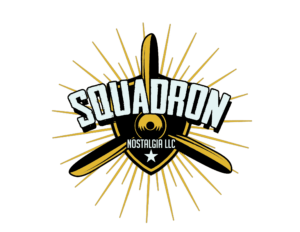
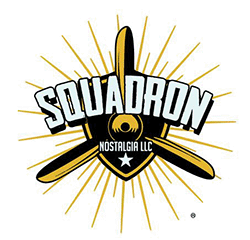
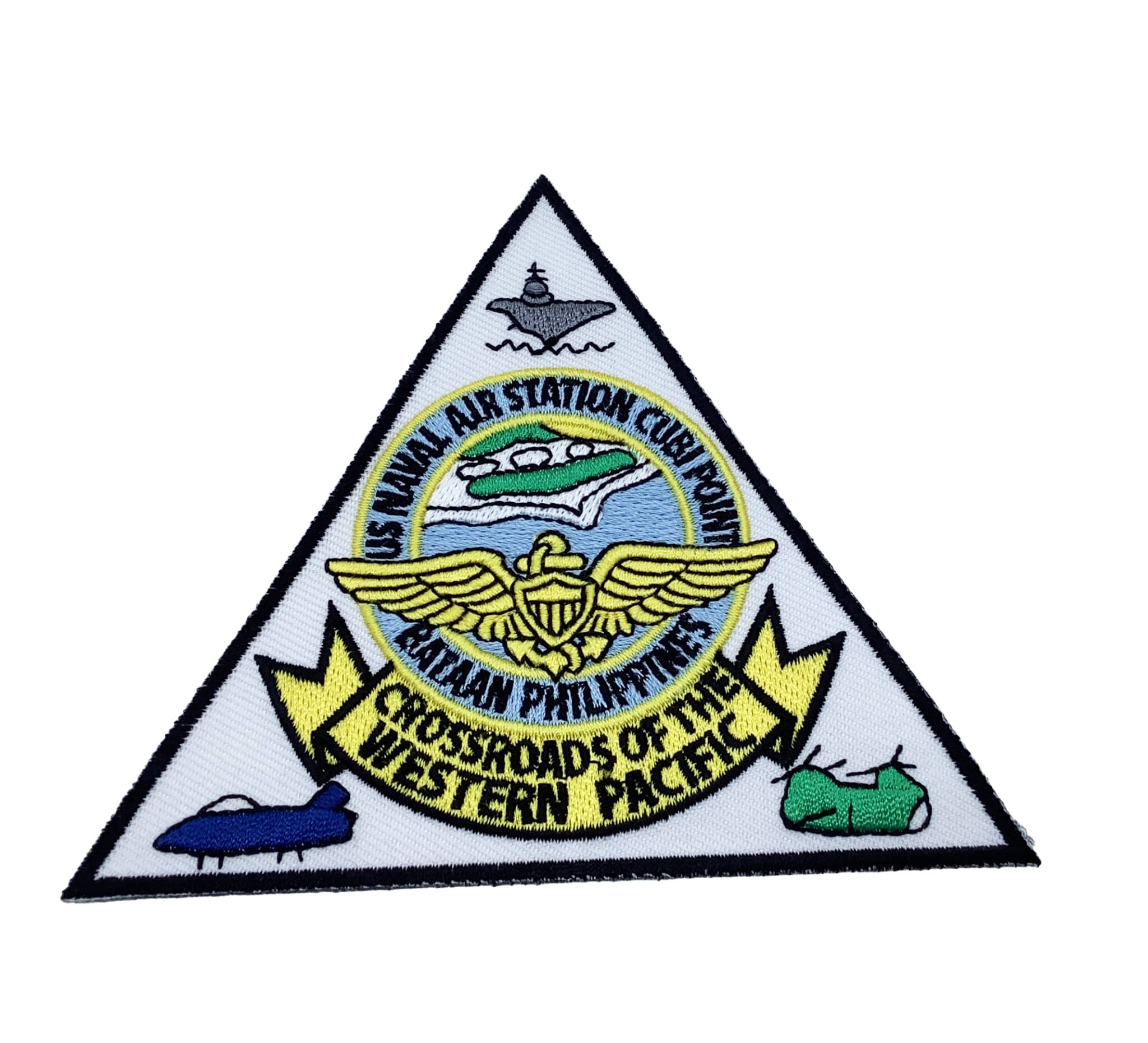

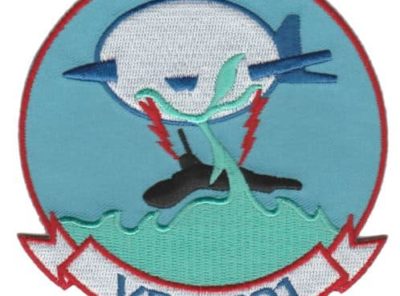
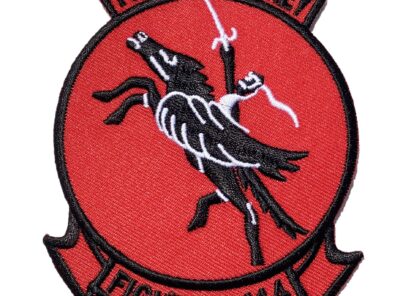
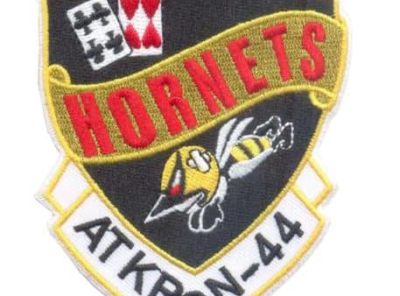
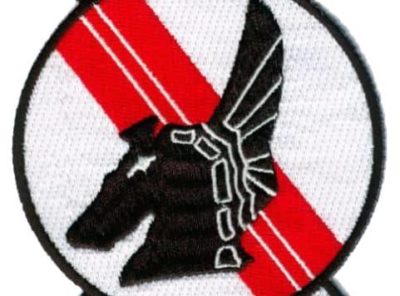
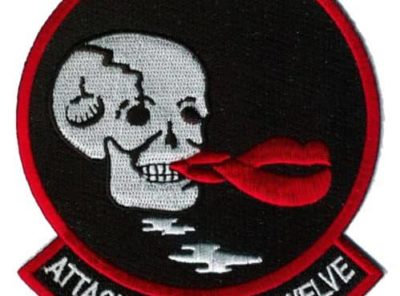

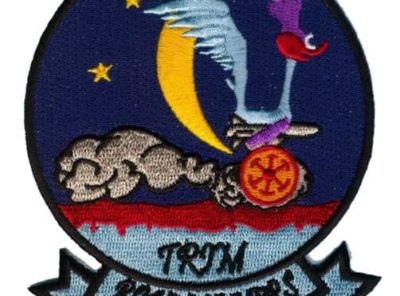
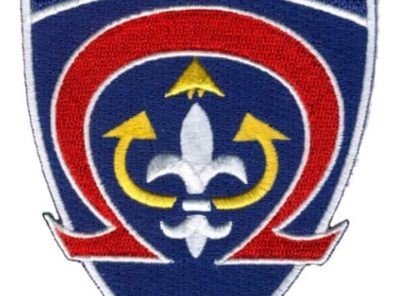
Reviews
There are no reviews yet.